Some flowers have been popular for decades, even centuries, and for good reason. There’s a tendency for us to stick with these varieties that are old favourites, but there are so many more choices out there for us to explore.
This article will share some new varieties worth considering as alternatives to the old-timers. We’ll also highlight some of the old fashioned flowers that continue to shine regardless of their popularity over the years.
Replace old-fashioned flowers with these modern varieties
Nasturtiums
Trailing Mixed Nasturtiums have been around since the 1800s and are great for covering a sunny fence or tree stump. They are as much loved for their foliage as for their flowers. Nasturtiums are easy, vigorous, and inexpensive, and come in an unpredictable range of colours - mainly orange, yellow and red shades.
An alternative to this golden oldie is African Queen. This variety has speckled white foliage, so it’s attractive even when the flowers aren’t at their best.
Night Scented Stocks

Zinnias
Antirrhinum
Alyssum
For a more predictable and uniform option, go for Snow Crystals. This plant is a tetraploid: that is, it has twice as many chromosomes as other varieties. The result is a low, compact plant that is more resilient in tough conditions, and displays larger, longer-lasting, scented white flowers.
Cosmos
Back in the 1950s, everyone grew Cosmos Sensation. It was the standard mixture and most of its colours were also available separately; some, occasionally, still are. Cosmos has recently undergone a surge of interest among flower breeders and developments include flowers with an inner ring of smaller petals which gives an unusual ruffled effect, such as Cosmos Psyche White.There is even a new colour, the lovely yellow of Cosmos Xanthos which adds a new dimension to the mix.
Other modern alternatives include Seashells where the petals are rolled into wide tubes and Double Click which features double and semi-double flowers in a colourful range.
Dwarf Sonata comes in four colours, all of which have won awards, and reaches a more manageable height - around half that of Sensation Cosmos, making it practical for smaller garden borders.
Nicotiana (Tobacco plant)
Their fragrance is legendary but one known issue with traditional varieties of nicotiana is its propensity to struggle with disease in poor growing conditions. The answer is to also grow some of the beautiful wild species.
Two wild species, in particular, stand out. The tall, white, and evening-scented Nicotiana sylvestris makes an impressive back-of-the border plant. And there’s nothing quite like the dainty green bells of Nicotiana langsdorffii.
Which old fashioned flowers are still worth planting?
As you can see there are some old school flower varieties that may appear to have been superseded by more modern options. This may be because they are more disease-resistant, more robust or offer specific colours.
Regardless of the benefits of these modern alternatives, there remain countless old fashioned flowers that are still worthy of a spot in your garden.
Black Prince
High on the list has to be Black Prince. This sultry, blood-red antirrhinum was first introduced over a hundred years ago and is still a lovely plant. The crimson and white bicolour Night and Day is said to be even older. Black Prince’s foliage is also tinted in blood red to match the flowers. It pairs beautifully with the silver-leaved Cineraria Silverdust.
Tall Scotch Prize

Tall Scotch Prize is a tall nineteenth century French marigold whose yellow petals have a mahogany stripe along each edge providing a unique look. Reaching 75cm/30in in height, the impact towards the back of the border is impressive and the individual flower stems are long enough to cut. Rediscovered relatively recently after being lost for decades.
Empress of India, Nasturtium
Nasturtium Empress of India, is neat, compact and easy to grow. Its small, blue-green leaves, coupled with its rich red flowers, is a lovely sight. This variety, said to have been first seen around 1800, had deteriorated but has now been brought back to its nineteenth century glory.
Sweet Peas
Many sweet peas from long ago are still grown. Painted Lady is one of the most outstanding varieties with a powerful fragrance to match its beautiful flowers. A huge number of old varieties have vanished, often because they had no scent. Those that remain are wonderful, with Painted Lady leading the way and a mixture of heirloom types is offered in the Old Spice Mixed.
Which flower varieties will you plant?
It’s great to see what whilst some old favourites are still outstanding and continue to stand the test of time. It will also be fascinating to see which of these newer varieties last as long as their predecessors.
Which are your favourites in this list? Will you be switching out any classics for their newer alternatives? Or will you stick with your favourites?

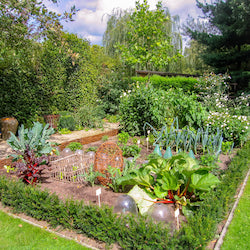
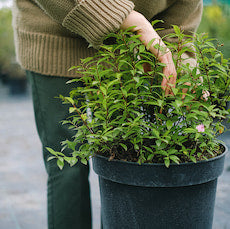
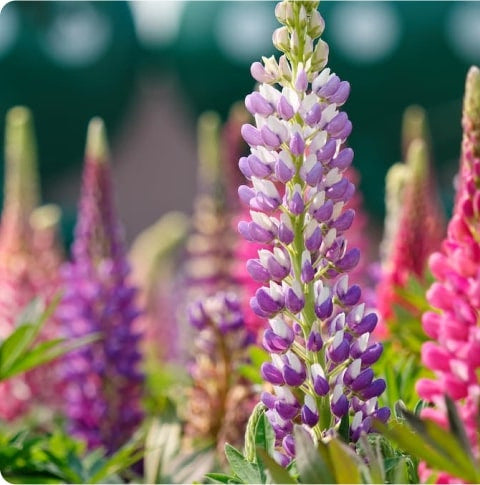

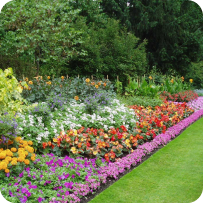
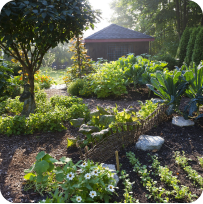





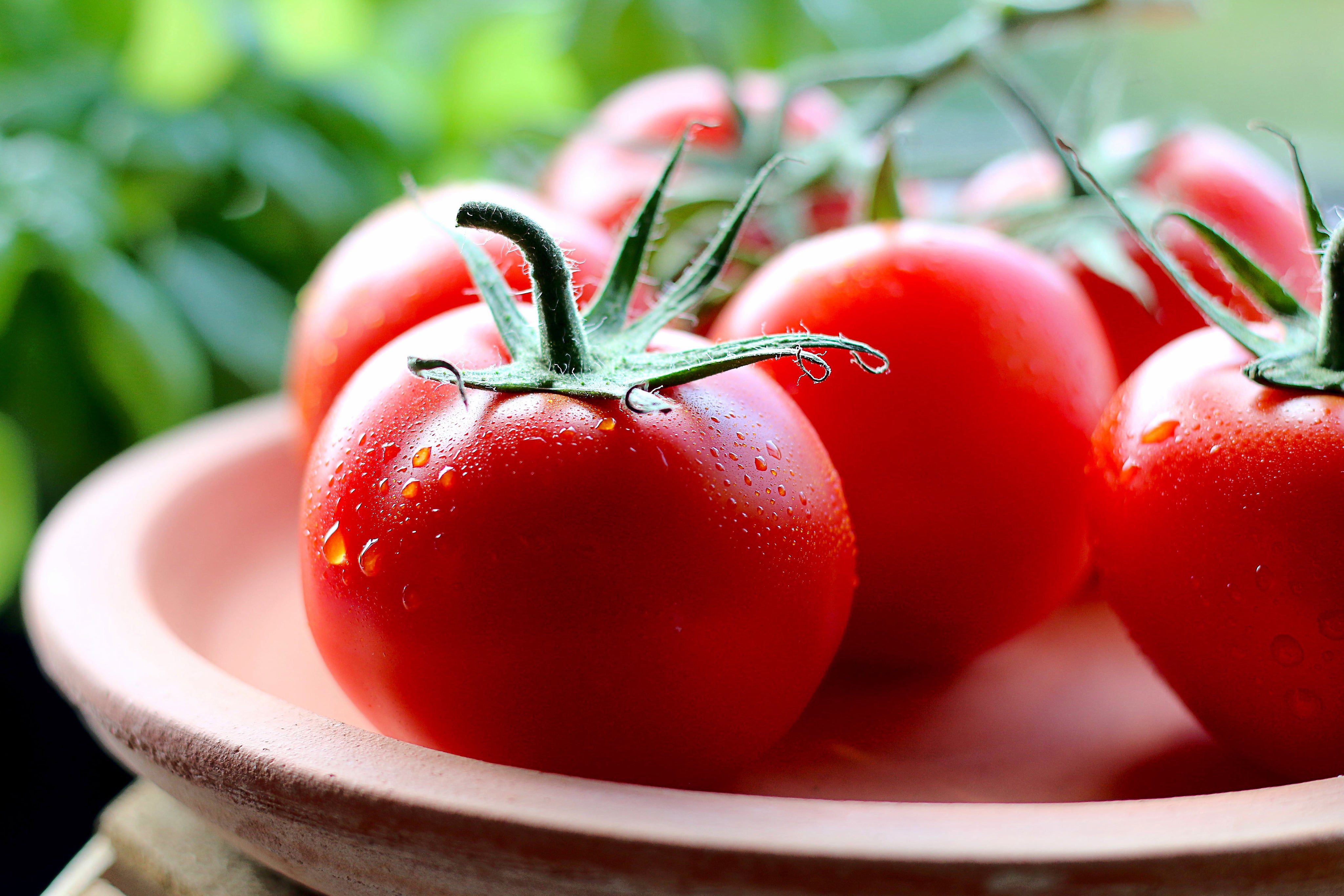

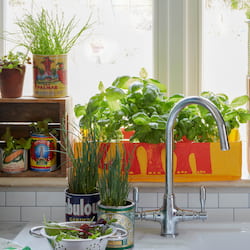
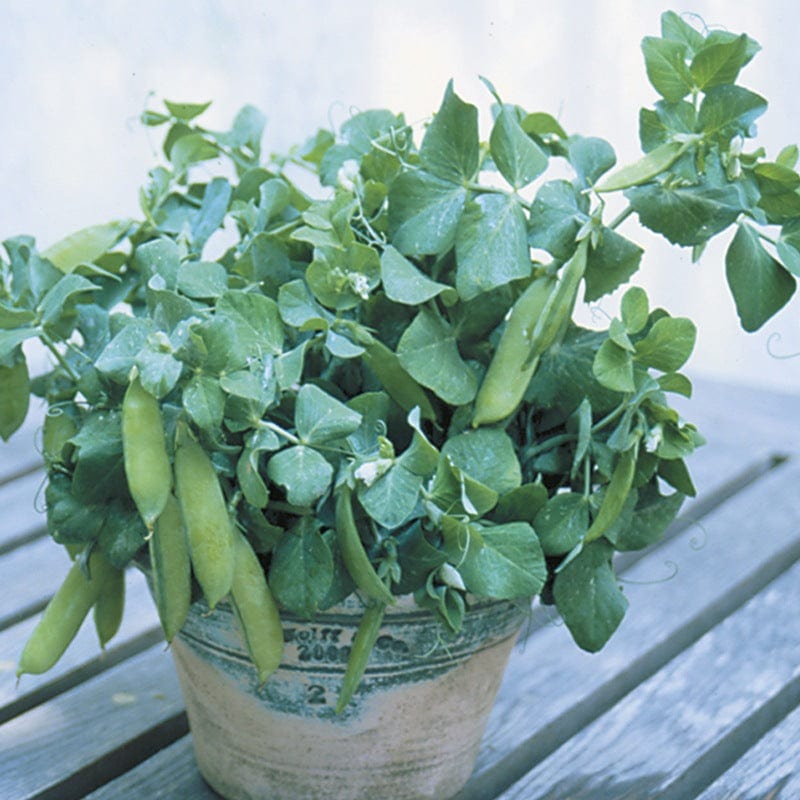


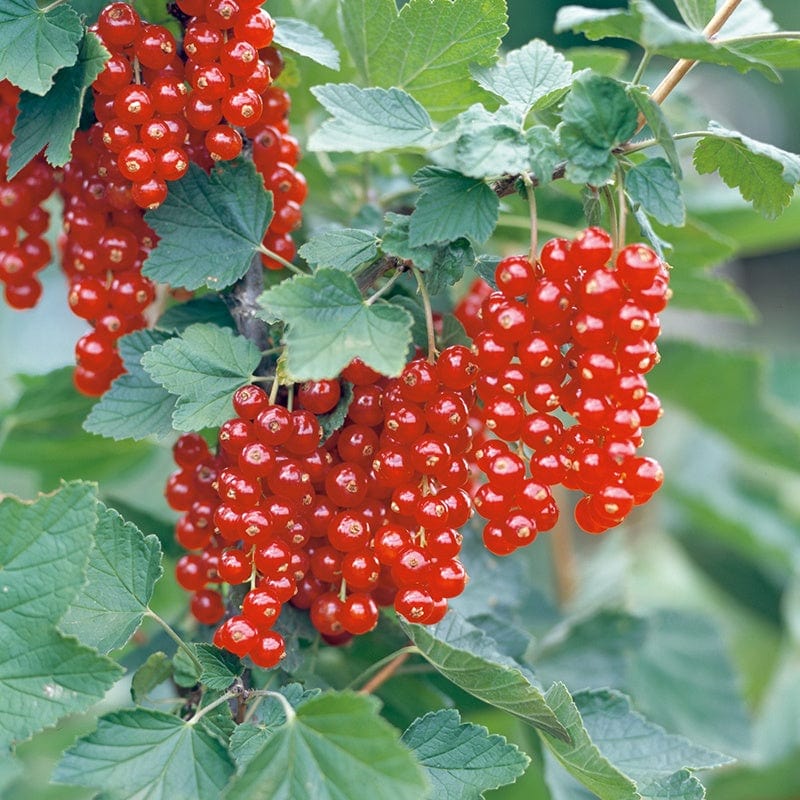
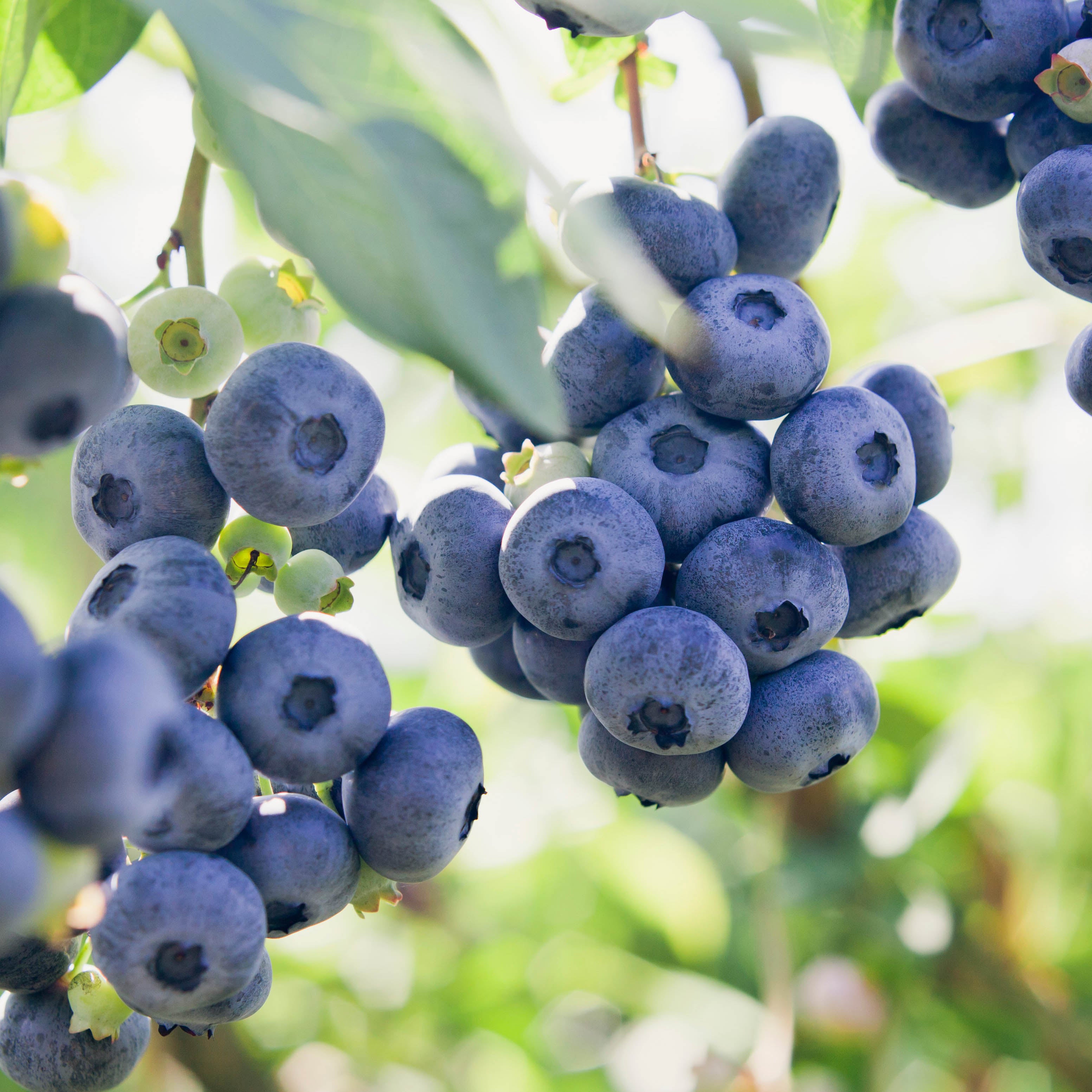
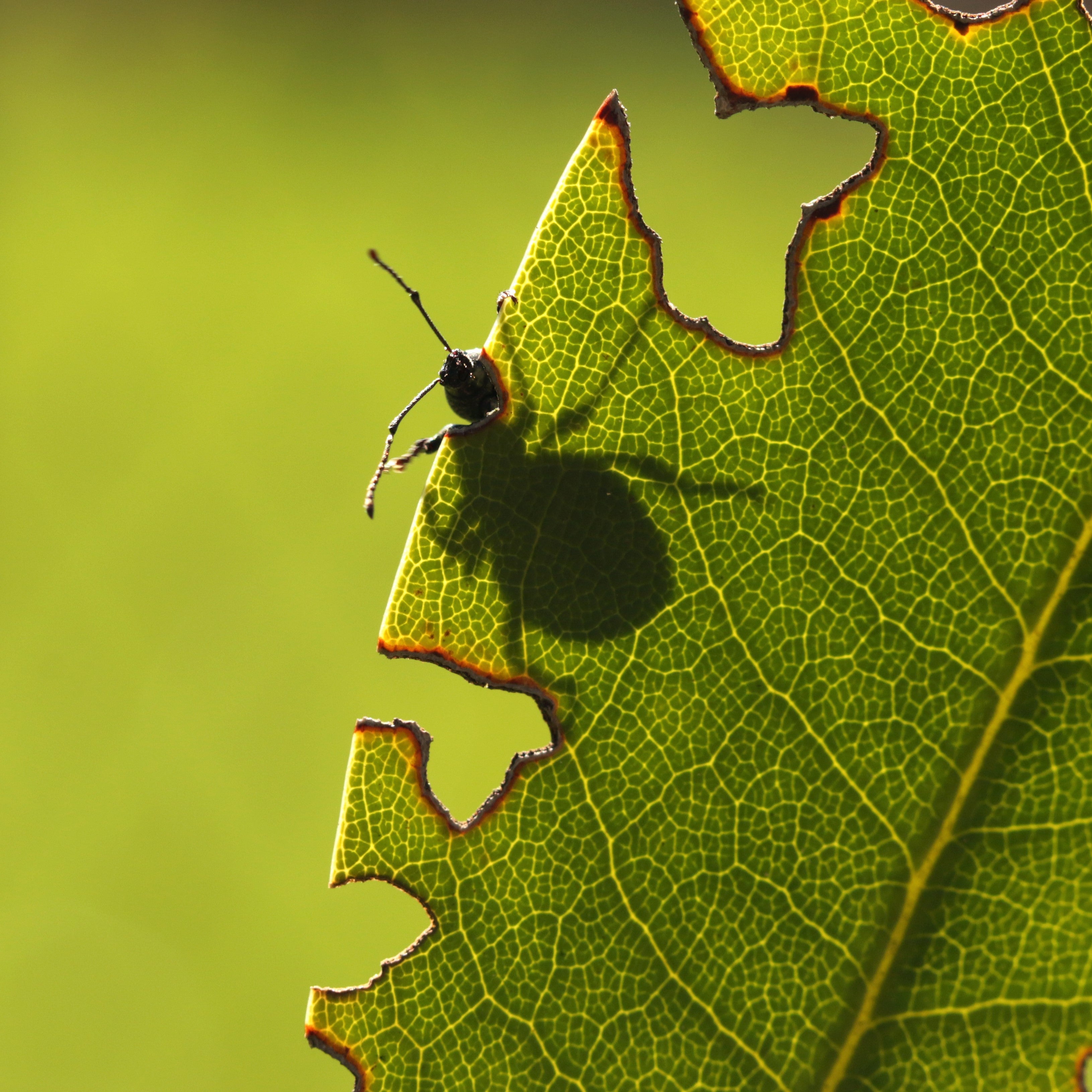

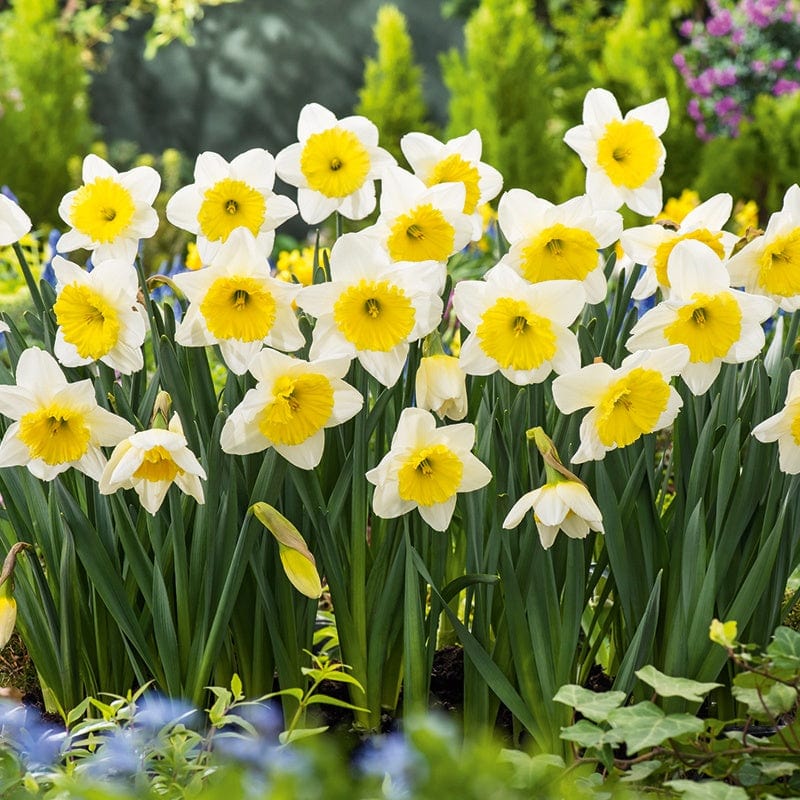
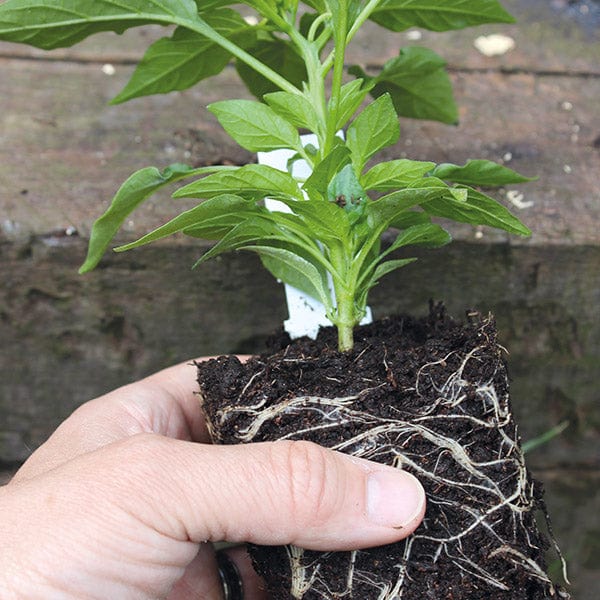
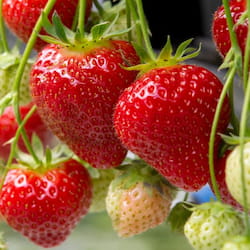
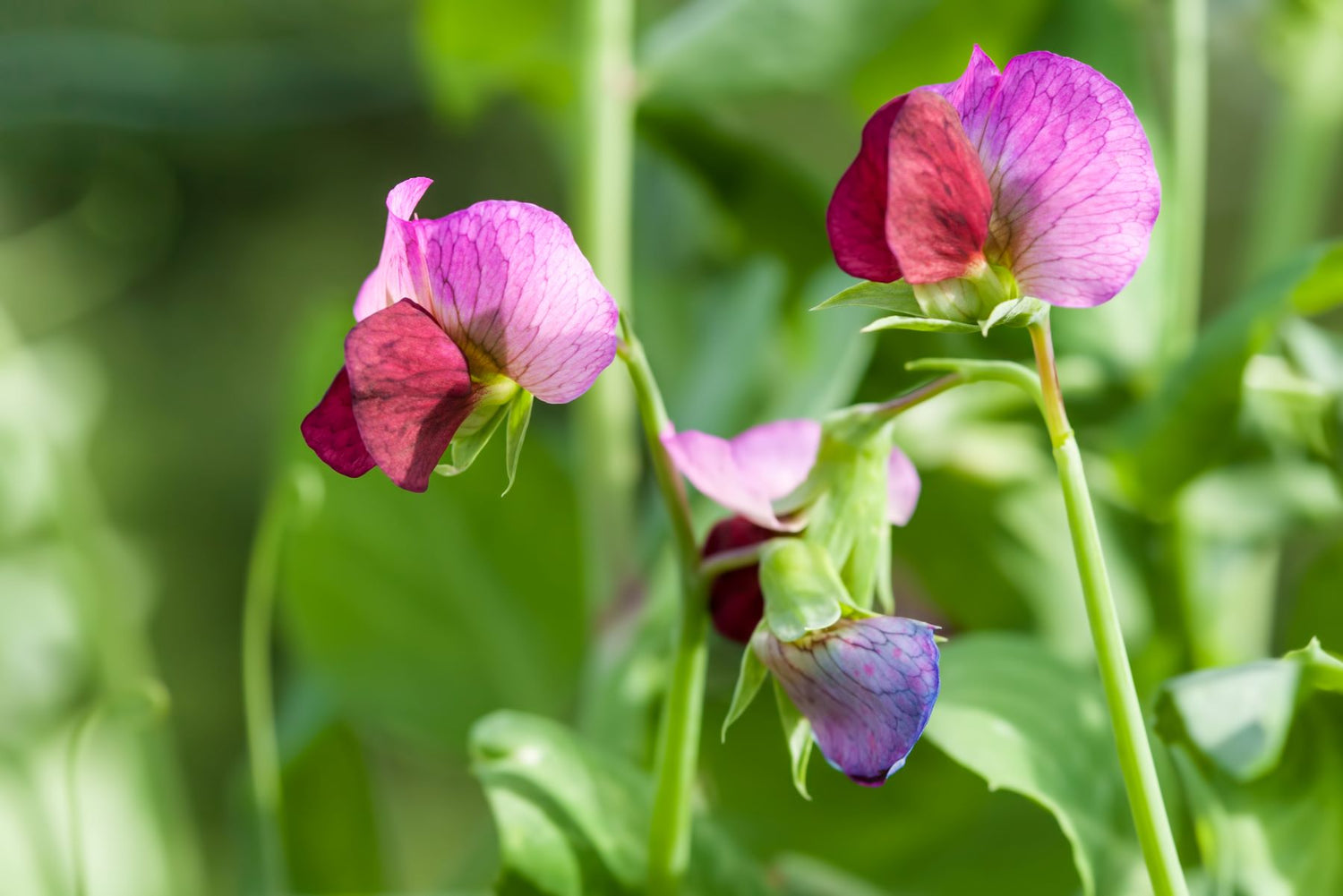
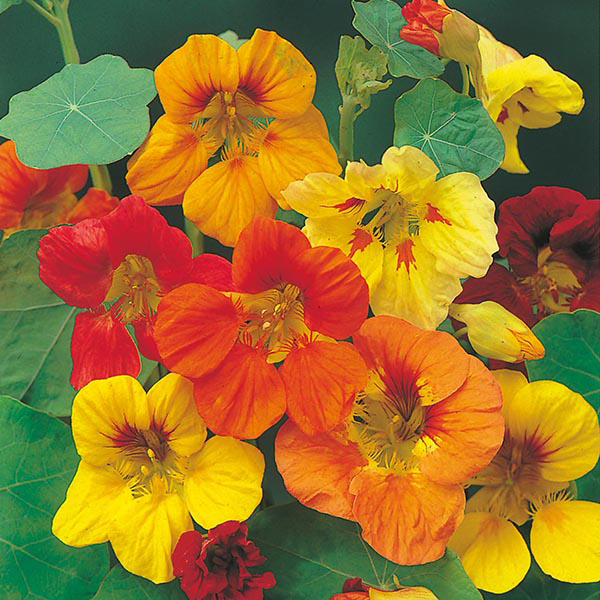








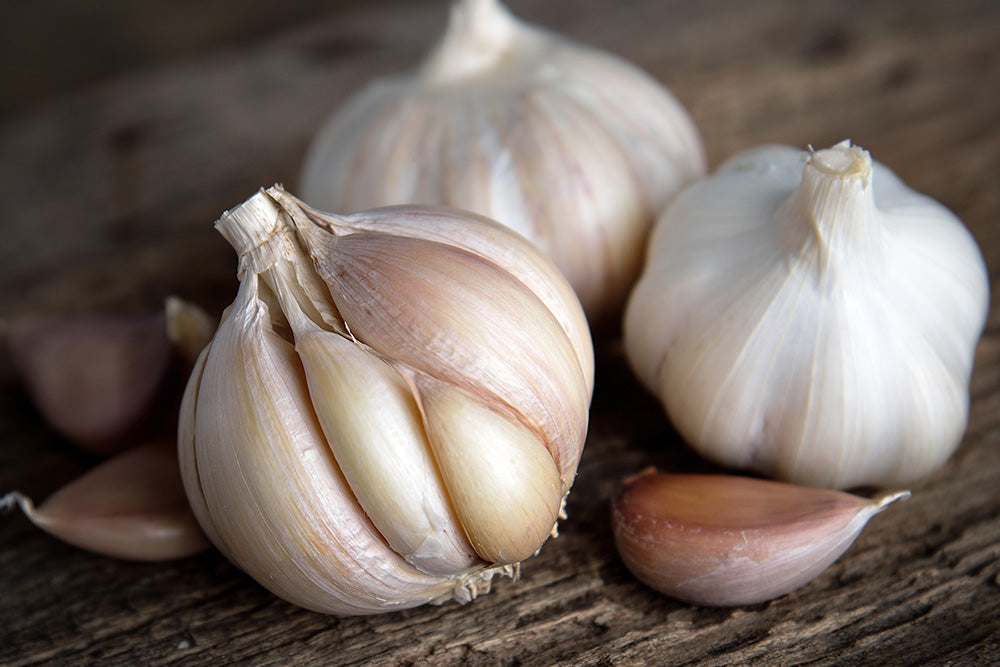
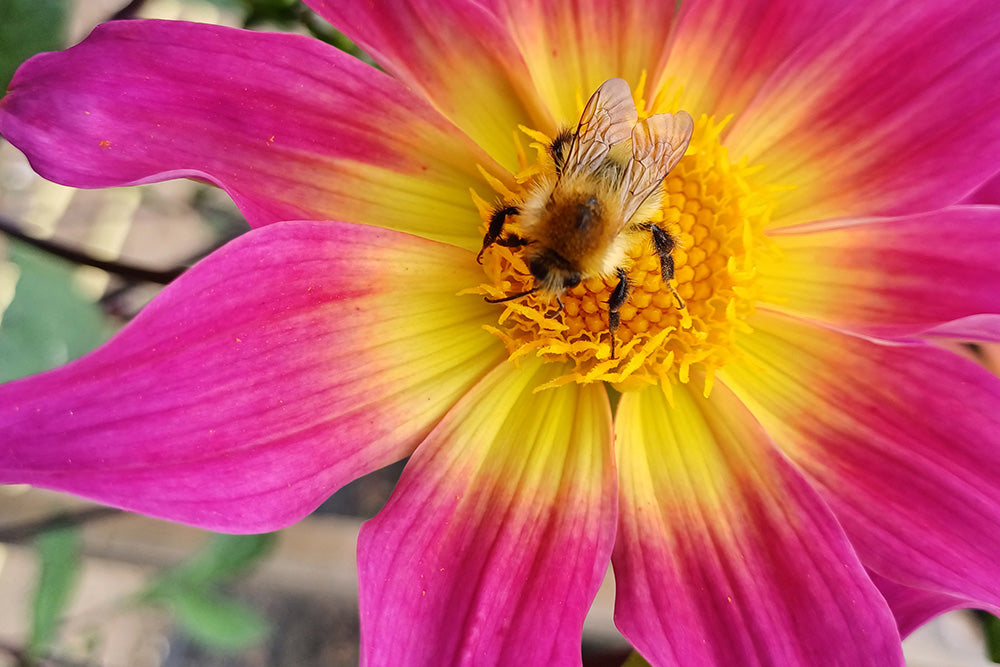
Leave a comment
All comments are moderated before being published.
This site is protected by reCAPTCHA and the Google Privacy Policy and Terms of Service apply.